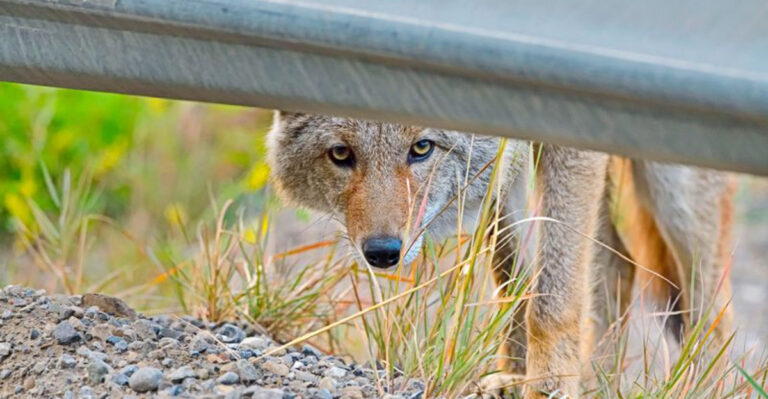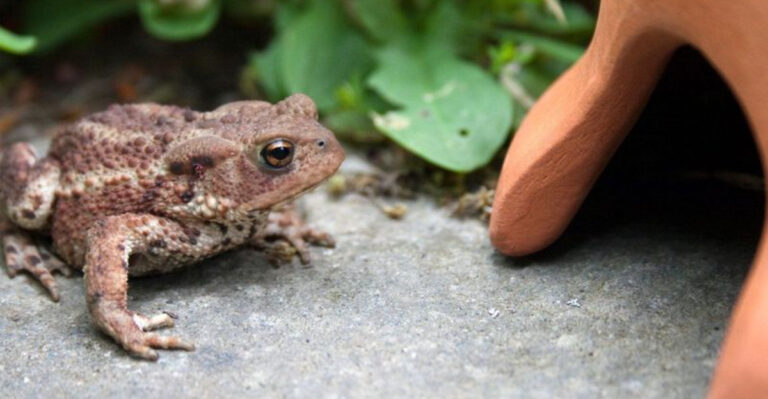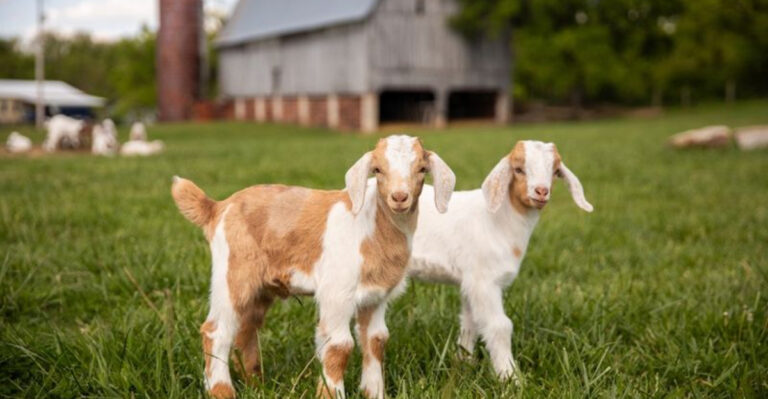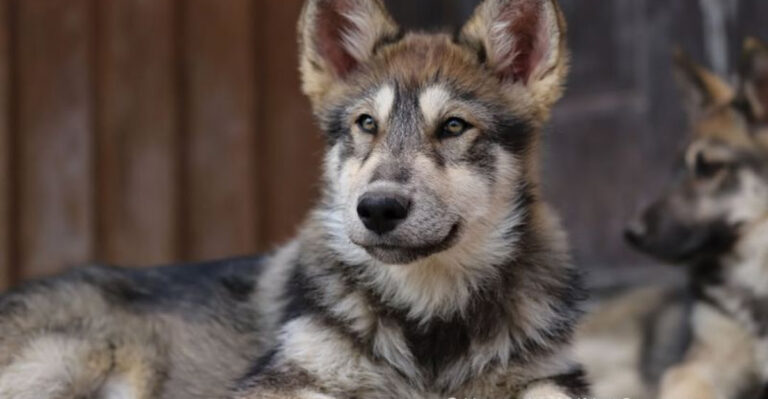17 Challenges Shaping The Future Of Lions In The African Savannah
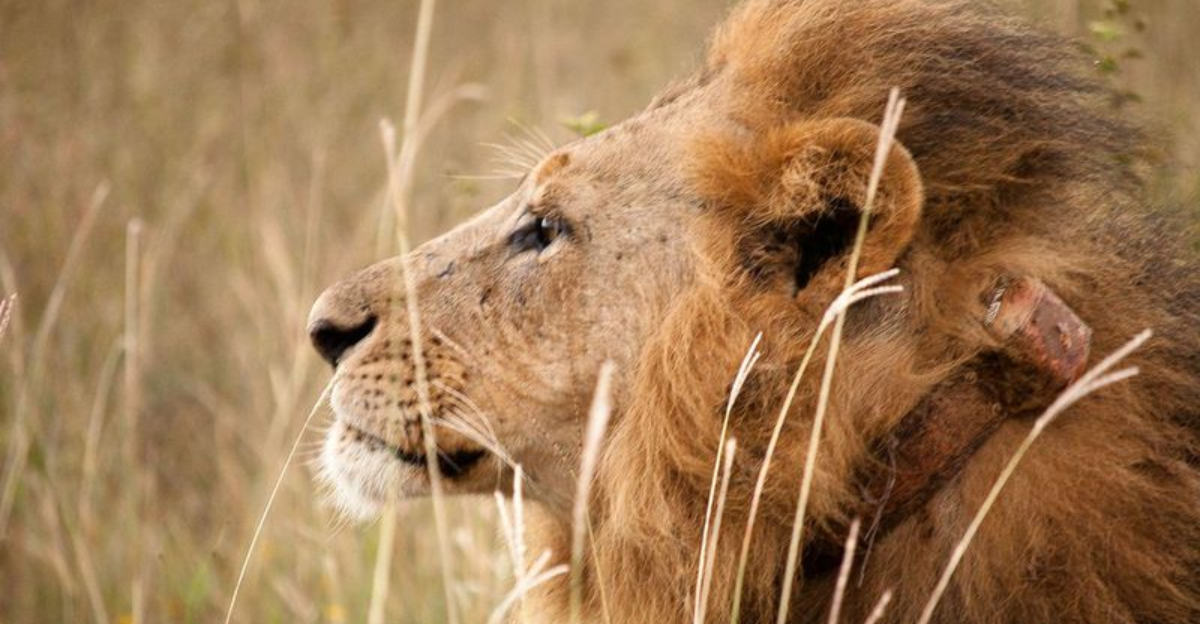
The majestic lions of the African savannah face a myriad of challenges as they roam their vast territories. These big cats, often hailed as kings of the jungle, are now at a crossroad where their future hangs in a delicate balance.
With an ever-changing environment and escalating human interactions, the path ahead is fraught with trials and tribulations. This list explores distinct challenges that are shaping the future of these iconic creatures.
From environmental changes to human threats, each aspect presents a unique struggle for the lions, requiring innovative solutions and global attention.
Join us as we embark on a journey to understand the hurdles these magnificent animals face in their natural habitat, and the efforts needed to secure their future.
1. Climate Change Effects
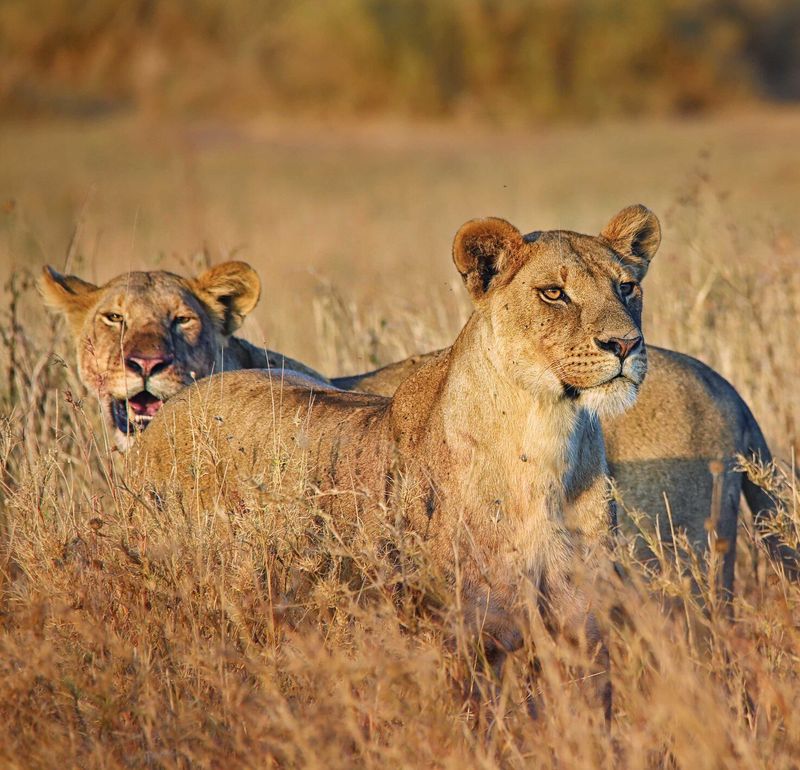
Climate change is like an uninvited guest at the lion’s dinner party. With unpredictable weather patterns, the savannah’s lush greens are turning into arid lands, leaving lions to hunt in harsher environments. The scarcity of water and food resources affects their health and survival rate.
As temperatures soar, the competition for shade intensifies. Lions, who are known for their midday naps, now face the challenge of finding cool spots to rest. Climate change not only impacts their physical well-being but also disrupts their social dynamics.
The migration patterns of prey are also affected, making the hunt a game of hide and seek in a never-ending desert play. Conservationists are working tirelessly to mitigate these effects, but the road ahead is long and arduous. Adaptation is key, and innovative solutions are crucial to ensure the survival of these regal creatures.
2. Human-Wildlife Conflict
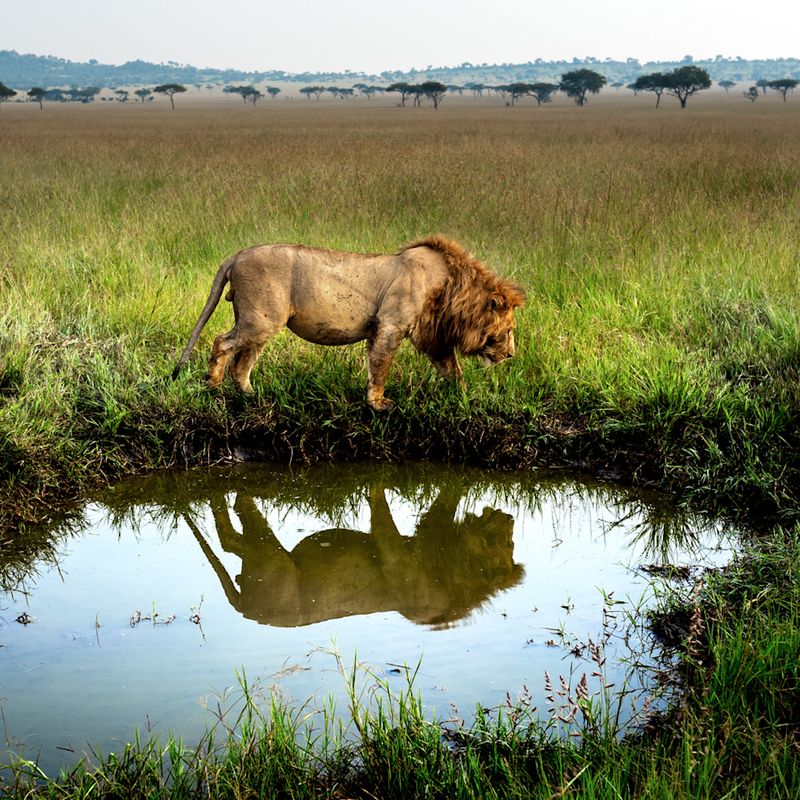
In the bustling interface between human settlements and wildlife territories, lions find themselves in a tug-of-war with humans. The encroachment of humans into lion habitats has led to increased conflicts, often resulting in tragic outcomes for both parties.
Farmers protecting their livestock see lions as threats, sometimes resorting to lethal measures. This has led to a decline in lion populations, as retaliatory killings become a common occurrence. Lions, in turn, have adapted by becoming more elusive, but this doesn’t always guarantee safety.
Efforts are being made to foster coexistence through community education and the development of non-lethal deterrents. Building fences and creating predator-proof enclosures are some tactics being employed. Success hinges on mutual understanding and respect, creating a harmonious balance between humans and lions.
3. Habitat Loss
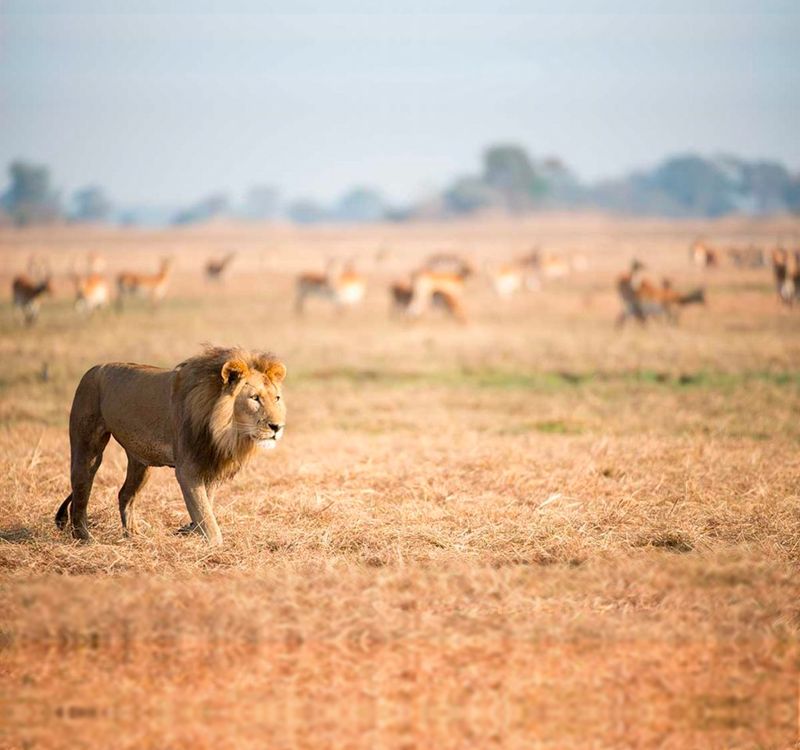
Urban sprawl is turning the lion’s kingdom into a patchwork quilt of concrete and grasslands. Habitat loss is perhaps the most pressing challenge faced by these big cats, as their roaming grounds shrink under the pressure of human expansion.
Deforestation for agriculture and settlement has chipped away at the savannah, leaving fragmented landscapes where lions struggle to thrive. This loss of habitat not only affects their hunting grounds but also disrupts their breeding patterns.
Conservationists advocate for the establishment and protection of wildlife corridors, which allow lions to move freely between habitats. Zoning laws and sustainable land-use practices are also being promoted to preserve these crucial ecosystems. The challenge is significant, but with concerted efforts, there is hope for the lion’s majestic territories to endure.
4. Poaching And Illegal Trade
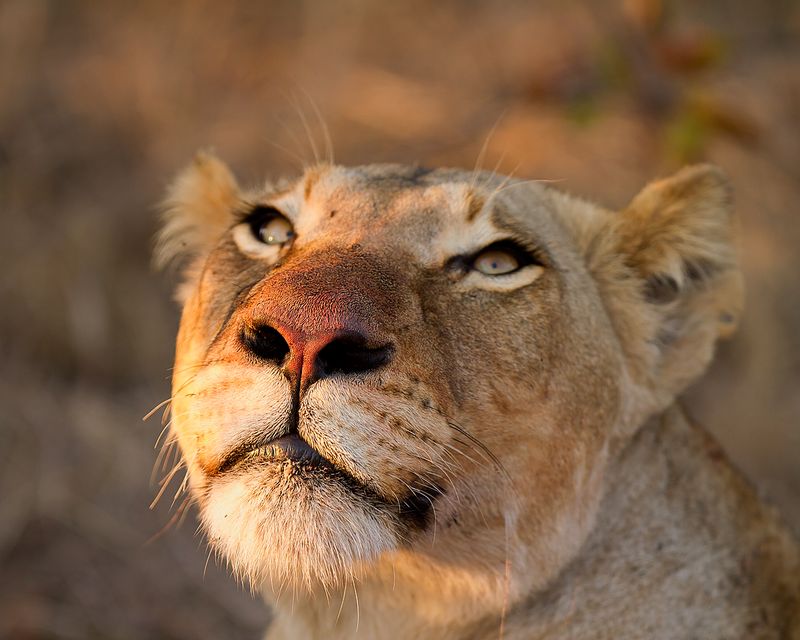
The illegal wildlife trade is a shadowy world where lions find themselves as unintended victims. Poaching, driven by the demand for lion bones and body parts, poses a significant threat to their populations.
Lions are often caught in snares intended for other animals, or targeted directly for their valuable parts, used in traditional medicine and as trophies. This illicit activity has far-reaching consequences, not only depleting lion numbers but also destabilizing the ecosystems they inhabit.
Efforts to combat poaching include increased patrols and surveillance, as well as community engagement to reduce demand for lion products. Education programs aim to shift cultural perceptions and reduce the allure of lion-derived items. The fight is fierce, but every action counts in safeguarding these magnificent creatures from the clutches of illegal trade.
5. Disease And Health Issues
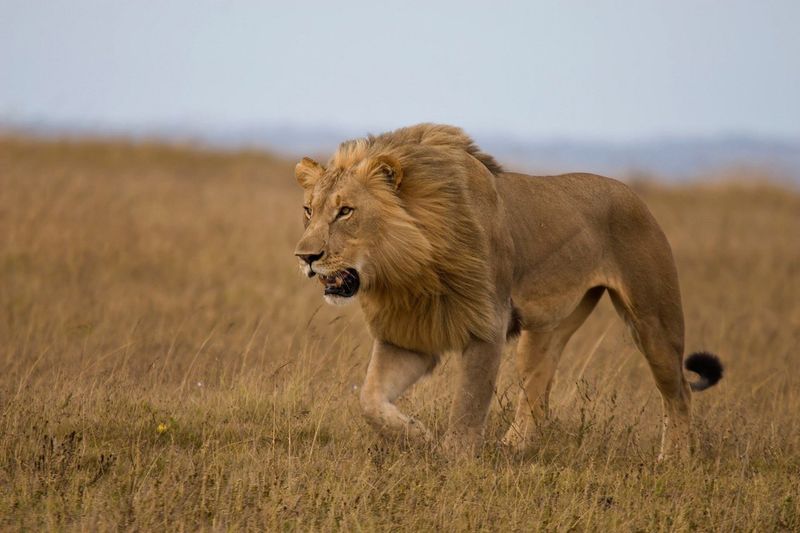
In the wild, health care isn’t just a luxury, it’s a matter of survival. Lions face numerous health challenges, from infectious diseases to parasites that can decimate their prides.
Outbreaks of diseases like canine distemper and bovine tuberculosis have been known to severely impact lion populations. These diseases often spread from domestic animals, highlighting the need for better livestock management and vaccination programs.
Veterinary interventions in the wild are complicated but essential. Researchers and veterinarians are working on monitoring and controlling diseases through innovative methods. Healthy lions mean stable ecosystems, and protecting their health is a priority for conservationists working tirelessly on the ground.
6. Prey Depletion
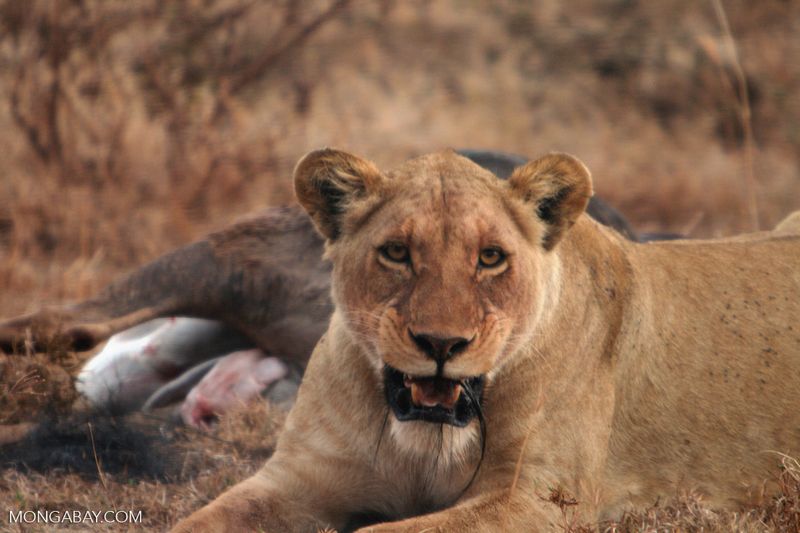
The savannah, once teeming with prey, is now a ghost town for hungry lions. Prey depletion is a serious concern, as overhunting and habitat destruction lead to a scarcity of the animals that lions depend on for food.
Without enough prey, lions are forced to venture closer to human settlements or starve, both risky propositions. The loss of key prey species disrupts the entire food chain, with lions bearing the brunt of the impact.
Conservation efforts focus on restoring prey populations and managing hunting practices. This includes enforcing hunting regulations and protecting critical habitats. By ensuring a balanced ecosystem, the future of the lion’s dinner table looks more promising.
7. Genetic Diversity Loss
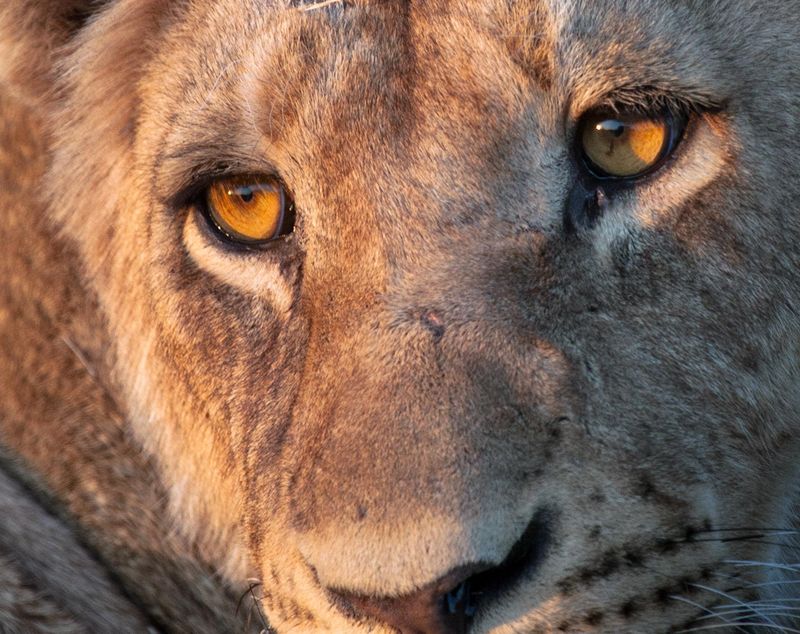
When your dating pool is limited, things can get a little too familiar. Lions in isolated populations face the challenge of genetic diversity loss, which can lead to inbreeding and weaker offspring.
This genetic bottleneck makes them more susceptible to diseases and reduces their ability to adapt to environmental changes. The small gene pool is a ticking time bomb for these majestic creatures, threatening their long-term survival.
Conservationists are exploring solutions like translocating lions to increase genetic flow between populations. Such efforts aim to enhance genetic diversity and resilience, ensuring the lion’s lineage remains robust and adaptable.
8. Human Encroachment
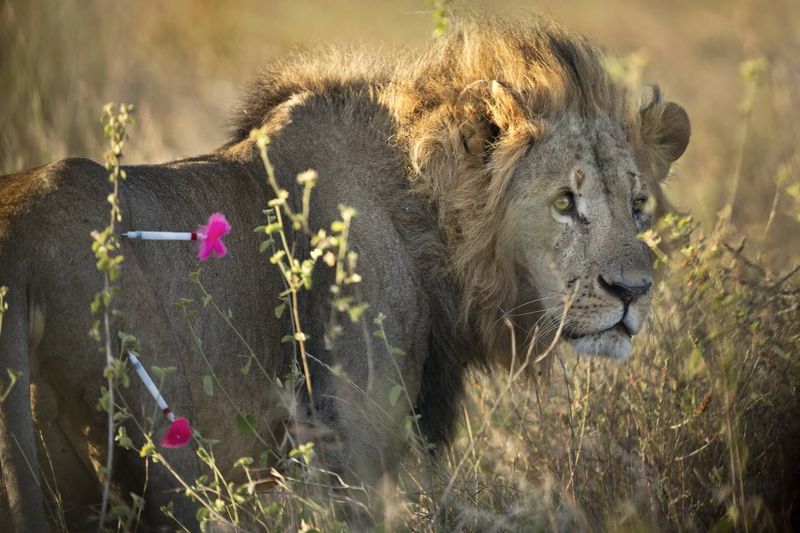
Lions are finding their front yards filled with bulldozers instead of zebras. Human encroachment into their territories is a growing challenge, as expanding developments push lions into smaller, confined areas.
This encroachment not only leads to habitat loss but also increases the likelihood of human-lion interactions, often to the detriment of the lions. As their natural habitats are carved up, lions struggle to maintain their territories and social structures.
Creating buffer zones and implementing sustainable development practices are vital strategies in addressing human encroachment. Balancing human expansion with wildlife conservation is crucial for the harmonious coexistence of both species in the African savannah.
9. Tourism And Disturbance
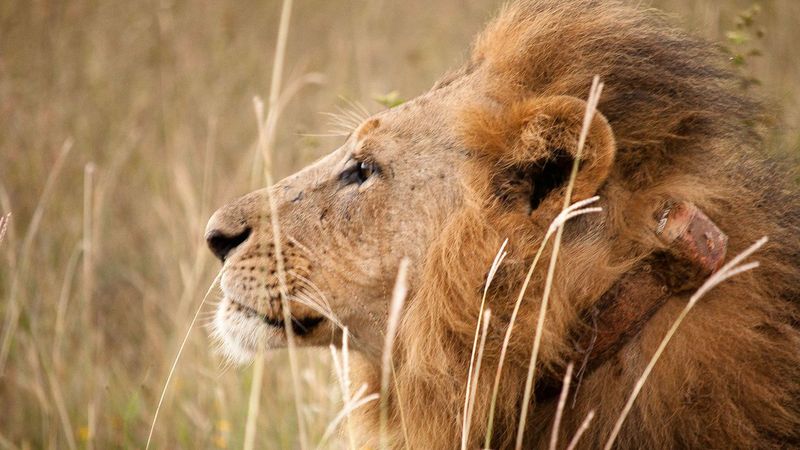
Tourists flock to the savannah for the ultimate lion selfie, but at what cost? The booming tourism industry brings economic benefits, yet it also poses a threat to lions through disturbances and habitat disruption.
Constant human presence can stress lions, affecting their natural behaviors and movement patterns. Vehicle tracks and infrastructure development for tourism can also lead to further habitat degradation.
Sustainable tourism practices are essential to mitigate these effects. This includes regulating tourist numbers, minimizing disturbance, and educating visitors on respectful wildlife observation. After all, a stress-free lion makes for a more majestic photo opportunity.
10. Hybridization With Other Big Cats
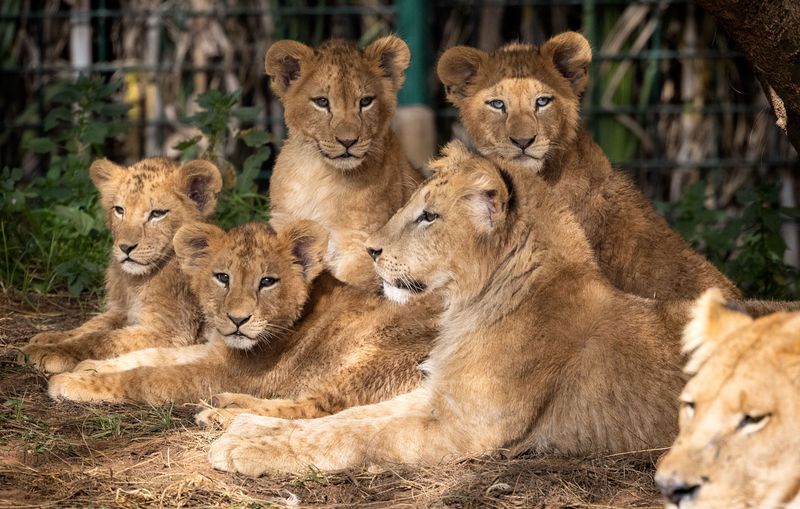
Crossbreeding isn’t just for designer dogs. In captivity and some overlapping territories, lions face the risk of hybridization with other big cats, like tigers, leading to offspring that are neither here nor there.
These hybrids, although fascinating, pose ecological concerns. They can blur the genetic lines and potentially threaten the genetic purity of wild lion populations. Hybridization is a peculiar challenge that conservationists are closely monitoring.
To protect the distinct genetic identity of lions, efforts include careful monitoring and management of captive breeding programs. Preserving the lion’s unique lineage ensures that they remain the true royalty of the savannah.
11. Water Scarcity
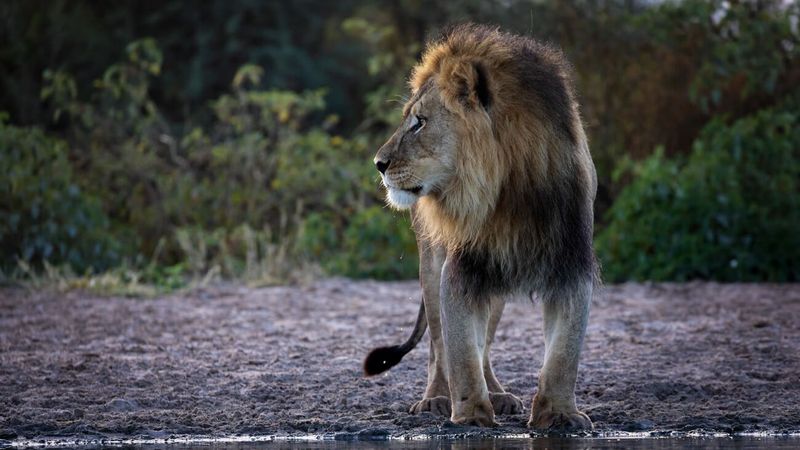
Even kings need a drink, and water scarcity is leaving lions parched. As droughts become more frequent, water sources in the savannah dry up, creating a dire situation for thirsty lions.
Without adequate water, lions face dehydration and weakened health, affecting their hunting prowess and reproductive success. The struggle for water also leads to increased competition with other wildlife and humans, heightening tensions.
Efforts to address water scarcity include creating artificial waterholes and protecting existing water sources. These measures aim to ensure that lions can quench their thirst and maintain their regal stature in the wild.
12. Changing Migration Patterns Of Prey
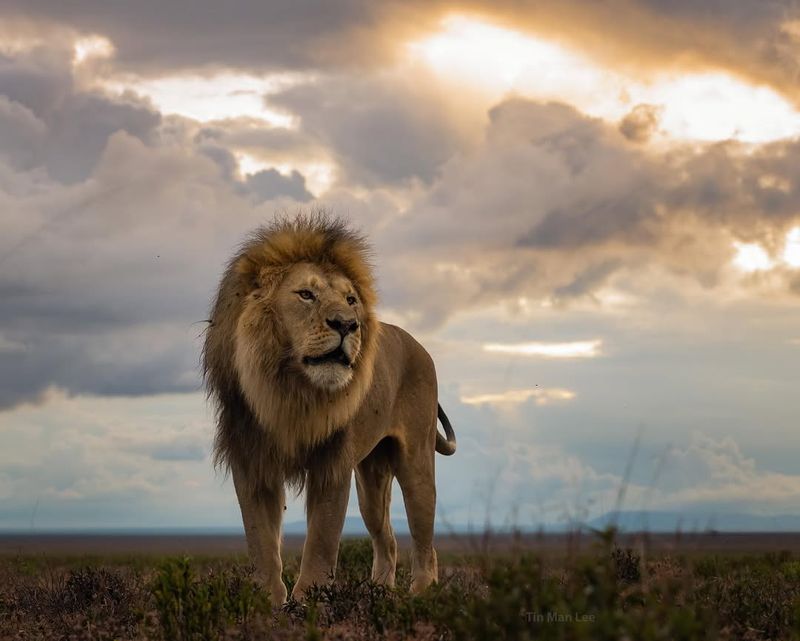
When the dinner bell rings, but no one’s around, lions are left hungry. Changing migration patterns of prey, influenced by climatic changes and human activities, challenge lions to adapt.
Traditional migration routes disrupted by fences or altered by climate shifts leave lions with fewer opportunities to hunt. This not only affects their nutrition but also their reproductive success and pride dynamics.
To address these challenges, conservationists work to maintain open corridors for wildlife migration and study the shifting patterns to aid lion conservation efforts. Ensuring prey availability is crucial for the future of these majestic hunters.
13. Increased Competition With Other Predators
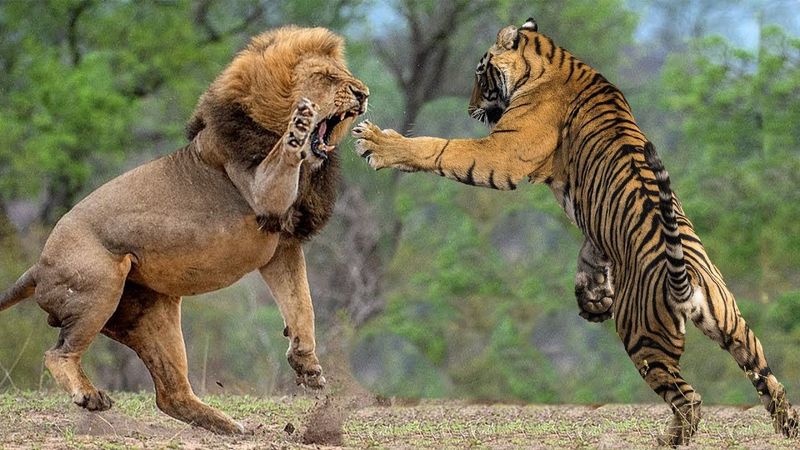
Lions may be at the top of the food chain, but they’re not alone in the savannah supermarket. Increased competition with other predators, like hyenas and wild dogs, adds to the lions’ challenges.
As prey becomes scarce, these predators vie for the same resources, leading to intense competition and sometimes violent encounters. This rivalry can result in injury or even death for the lions, impacting their pride’s stability.
Conservation efforts aim to balance predator populations and maintain healthy ecosystems. By ensuring ample prey and reducing human-induced pressures, the savannah can support a diverse array of predators, including its iconic lions.
14. Pollution And Environmental Hazards
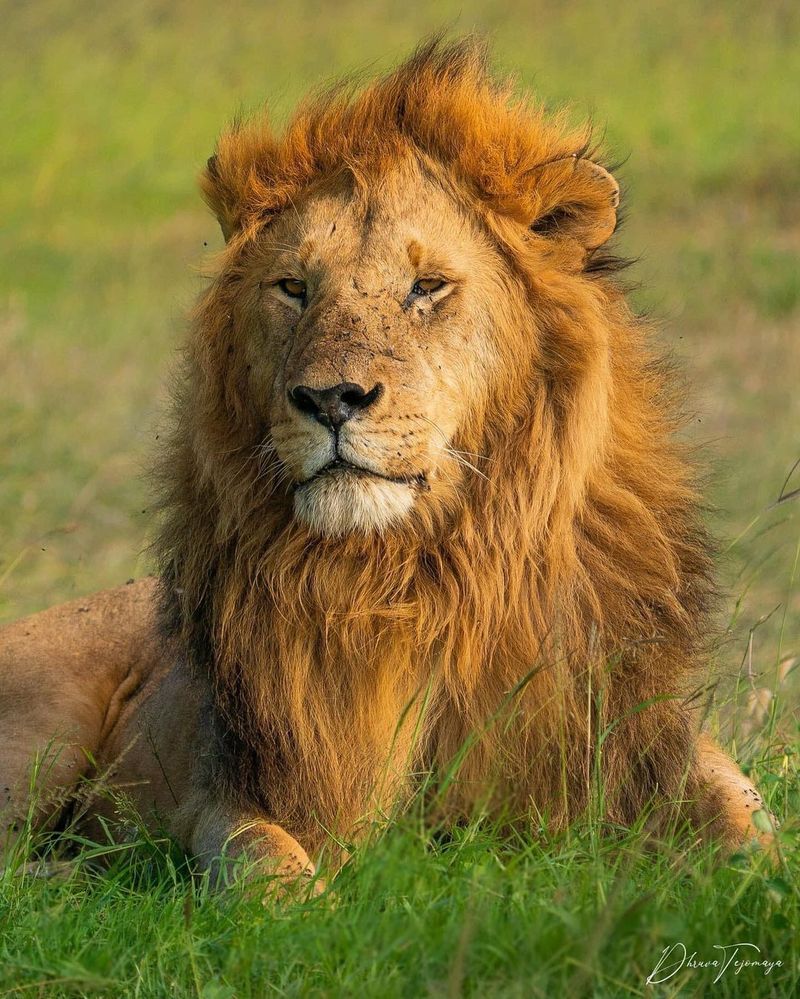
The savannah isn’t immune to the scourge of pollution. Environmental hazards, including plastic waste and chemical runoff, pose rising threats to lions.
Polluted water sources and contaminated prey can lead to health issues for lions, affecting their overall well-being and survival. Lions can also ingest harmful materials while scavenging, impacting their health further.
Efforts to combat pollution in lion habitats include cleanup initiatives and the implementation of stricter environmental regulations. Educating communities about the impact of waste and promoting sustainable practices are crucial steps in preserving a clean and safe environment for lions to thrive.
15. Impact Of Trophy Hunting Regulations
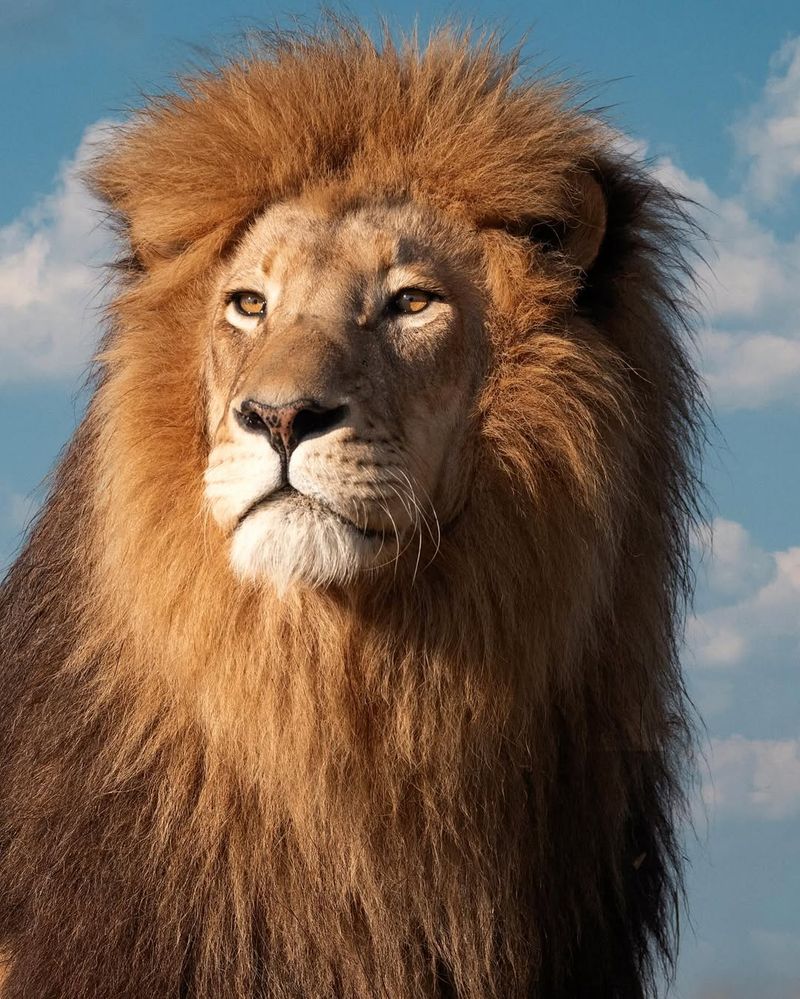
Trophy hunting is a controversial topic that roars louder than a lion’s pride. While some argue it can support conservation efforts, poorly managed hunting can have dire consequences for lion populations.
Unregulated trophy hunting can lead to imbalanced sex ratios and disrupt pride structures. The removal of dominant males can result in infanticide as new males take over prides, severely impacting lion populations.
Strict regulations and bans on trophy hunting are being implemented to mitigate these effects. By focusing on conservation-friendly practices, the future of lions can be safeguarded while addressing the contentious nature of trophy hunting.
16. Technological Advancements And Monitoring
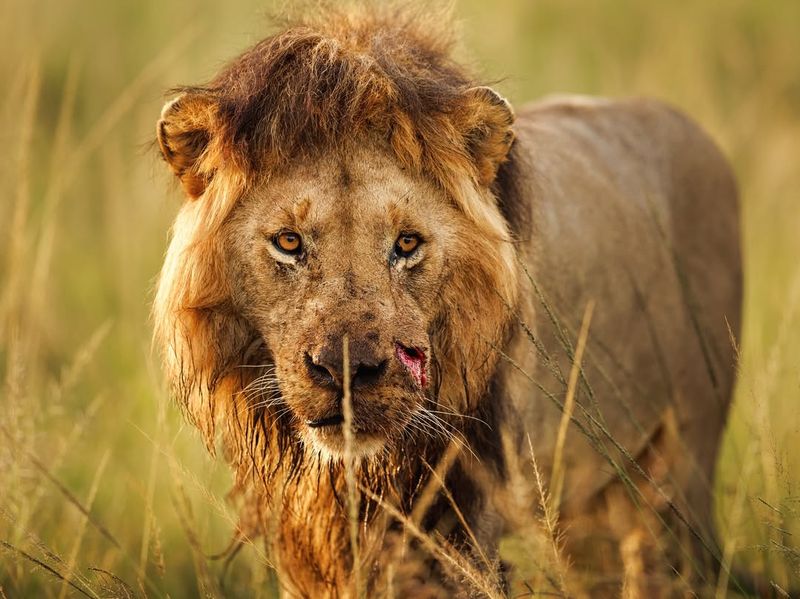
Lions are joining the digital age, albeit unwillingly. Technological advancements in monitoring and conservation play a crucial role in understanding and protecting these majestic creatures.
GPS collars and satellite tracking allow researchers to monitor lion movements, health, and behavior in real-time, providing valuable data for conservation strategies. These technologies help identify threats and assess the effectiveness of conservation efforts.
While the technology itself poses minimal disruption to the lions, ethical considerations and the cost of implementation remain challenges. However, the insights gained are invaluable in ensuring the continued survival of lions in the wild.
17. Conservation Funding And Resources
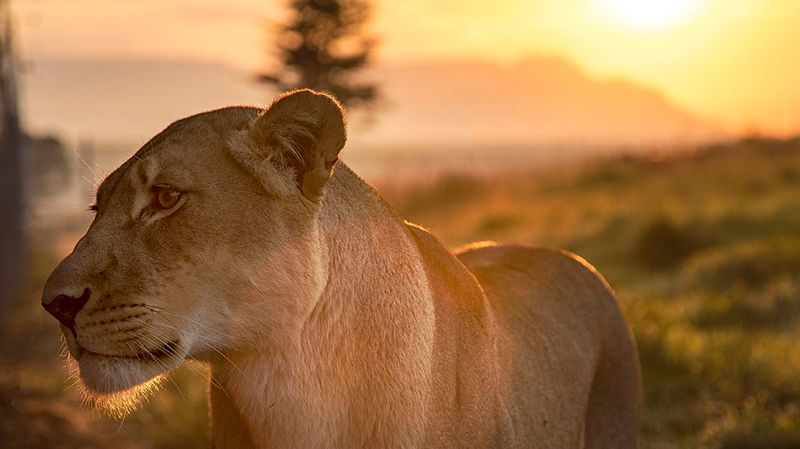
Saving lions takes more than just courage and determination; it requires funding. Conservation efforts often face financial constraints, limiting their capacity to address the myriad challenges lions face.
With limited resources, key initiatives like anti-poaching patrols, habitat restoration, and veterinary care struggle to meet their goals. The competition for conservation funding is fierce, leaving some projects underfunded.
Innovative fundraising strategies and increased global awareness are essential in overcoming these financial hurdles. Engaging the public and private sectors can bolster resources, ensuring that lion conservation efforts are well-supported and effective.


